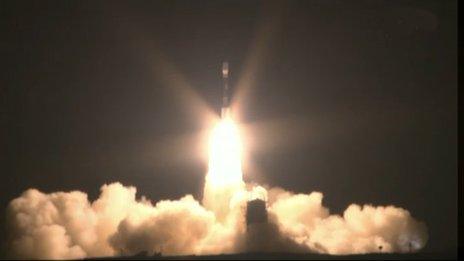Festival lights viewed from space
- Published
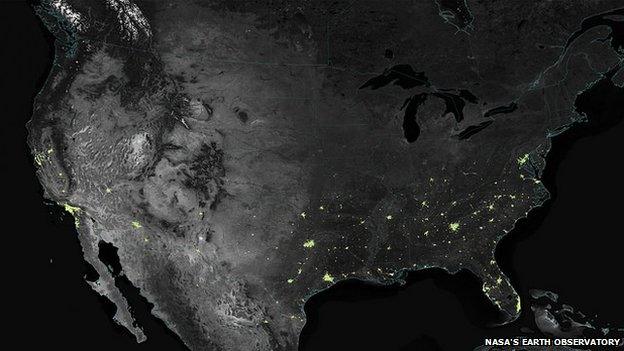
The satellite found that in the US, lights were up to 50% brighter over Christmas compared with the rest of the year
Christmas lights in the US and the glow from Ramadan in the Middle East have been viewed from space.
Scientists have used the Suomi NPP satellite to see how energy use changes during these cultural festivals.
They found that in most US cities, night-time lights shone 20-50% brighter during Christmas and New Year.
In the Middle East, some cities saw a 100% boost in illumination during the month of Ramadan compared with the rest of the year.
Miguel Roman, from Nasa's Goddard Space Flight Center, said: "For the first time, we've been able to examine changes in lighting at the country, city and neighbourhood scales."
He was speaking here at the American Geophysical Union's Fall Meeting in San Francisco.
The Suomi National Polar Orbiting Partnership satellite, a joint enterprise between the US space agency and the National Oceanic and Atmospheric Administration (Noaa), uses infrared cameras to detect the glow of lights from night-time Earth.
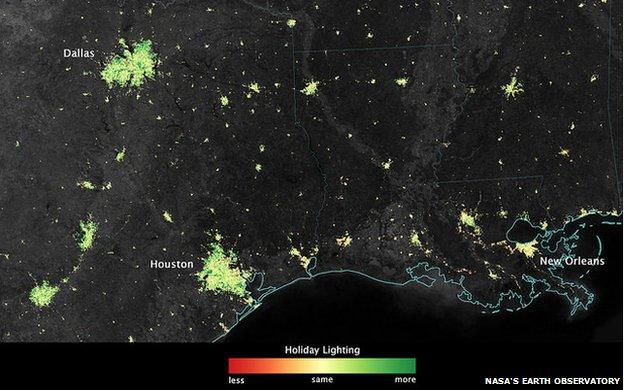
Dark green pixels reveal where lights are 50% brighter, or more; yellow means they are unchanged; red means there is a decrease
In this study, the team used data collected over a period of three years from 2012 to the autumn of 2014.
In the US, they found that cities started to get brighter from Thanksgiving and continued to beam until the New Year.
The researchers found that while the amount of light from city centres tended to increase by about 20-30% compared with the rest of the year, in the urban outskirts and in the suburbs light-use rose by 30-50%.
Dr Roman said: "The lighting goes up for predominantly residential reasons. People are leaving work for the holiday and they are turning on the lights."
The scientists also looked at how light-use in the Middle East changed during the Muslim holy month of Ramadan.
Eleanor Stokes, from Yale University, said: "It takes place over the summer.
"Muslims fast from dawn to dusk, and this shifts their activity to later and later in the day. People eat later, the markets stay open later, people go to work later."
Unlike the US, in the Middle East, the jump in illumination tended to be focussed around urban centres.
Some cities, such as Riyadh and Jeddah, experienced an increase in brightness of between 60% and 100% over Ramadan compared with other times of the year.

In the US, light-use increased more in the suburbs than in the city centres
However, some countries saw light-use fall.
Cities in Iraq, for example, experienced a small decrease in light over the month.
"The dips are most likely the cause of vulnerable electric grids," said Ms Stokes.
Parts of Syria also saw the lights dim.
"There was a 50% decrease of brightness in Damascus - the effect from geopolitical conflicts is striking," said Ms Stokes.
However, during the festival of Eid, which marks the end of Ramadan, the lights throughout the Middle East peaked.
The researchers say that tracking the brightness of cities will help them to understand how cultural events can drive energy use.
Dr Roman said this should feed into policy discussions on how urban centres can become more energy efficient.
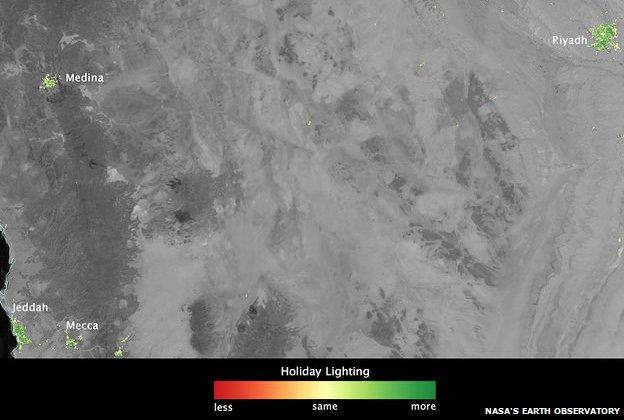
Riyadh had an increase in brightness of between 60% and 100% over Ramadan
Follow Rebecca on Twitter, external
- Published17 December 2014
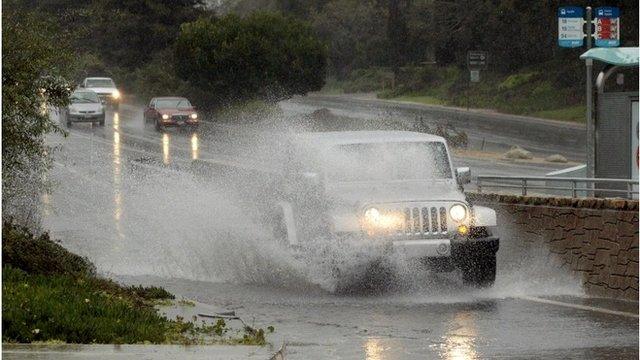
- Published6 December 2012
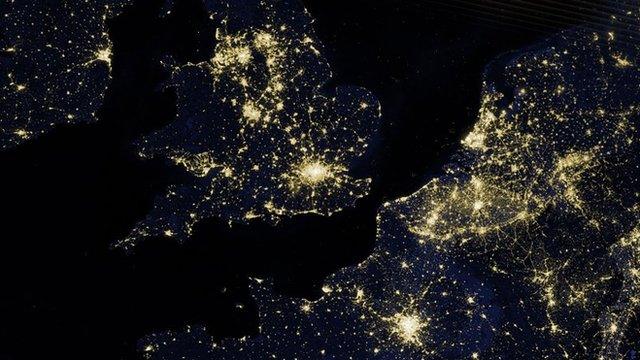
- Published28 October 2011
